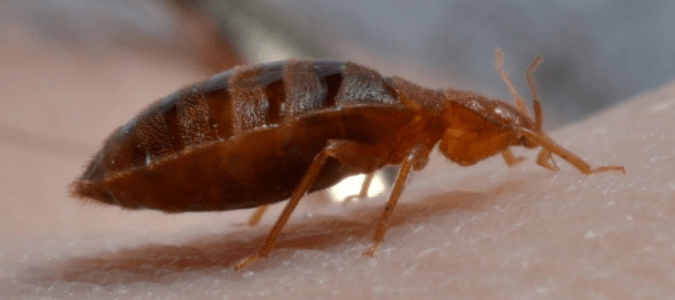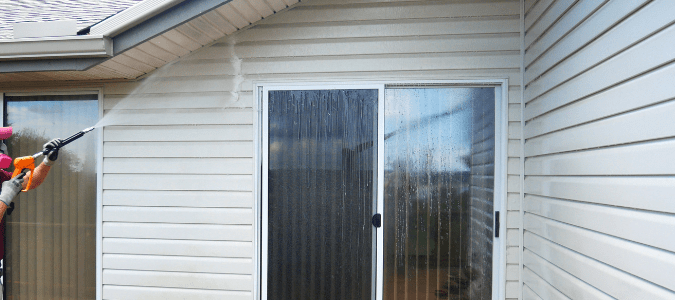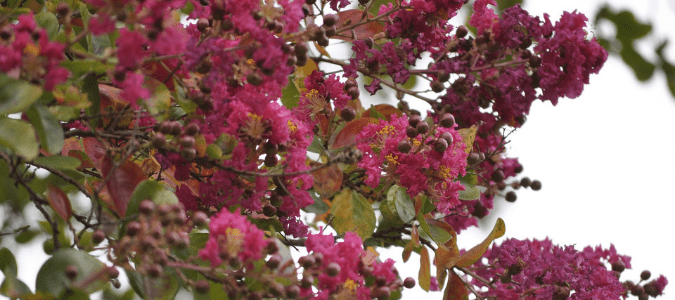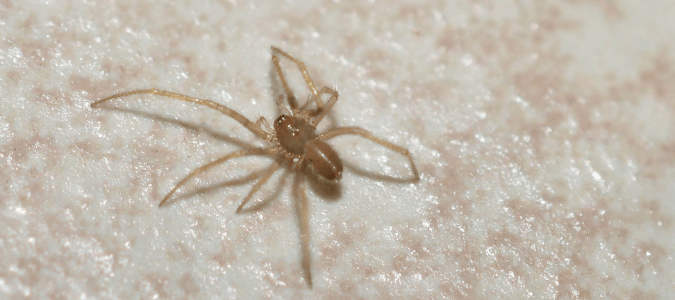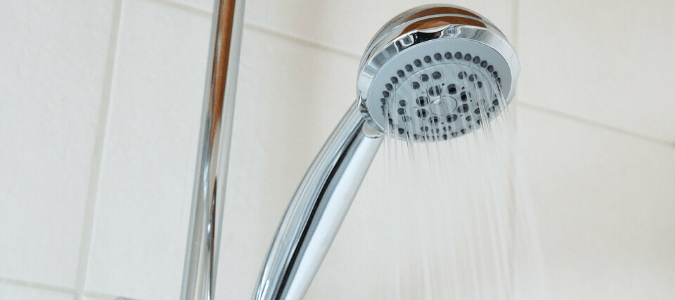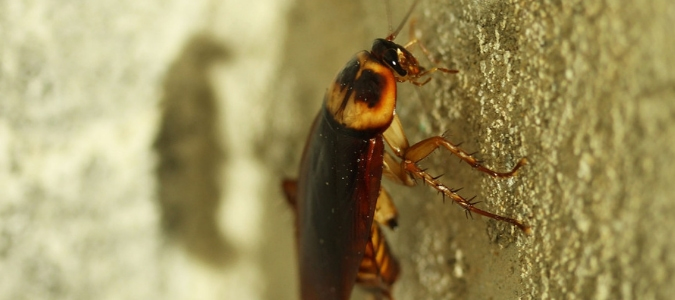Why Is My Water Softener Leaking?

A leaking water softener is an irritating problem to have in your home. Not only can the leak cause quite a mess, but it can also impact the appliance’s ability to do its job. Without a properly working water softener, you may start noticing signs of hard water again. For example, your home’s water might leave spots and residue on your glasses and faucets, and start to dry out your skin and hair. This is why it is important to identify the source of the leak before it becomes an even bigger problem.
As with any kind of appliance, water softeners only last for a certain amount of time. Their typical lifespan is around 10 to 15 years. At this point, the water softener can start to have issues like leaks or could stop working altogether. However, having a leak does not necessarily mean that it is time to buy a … Read Full Post »
